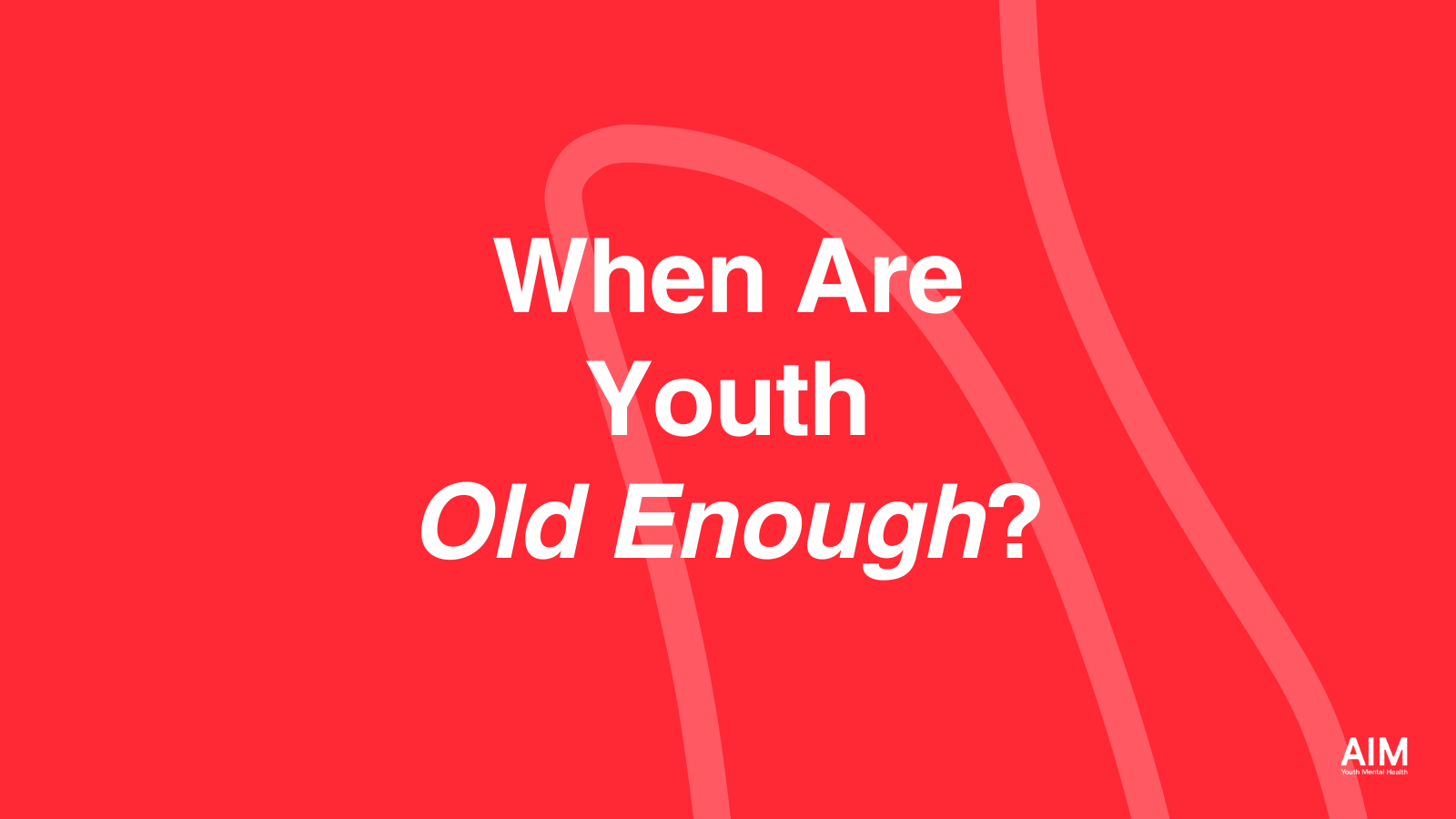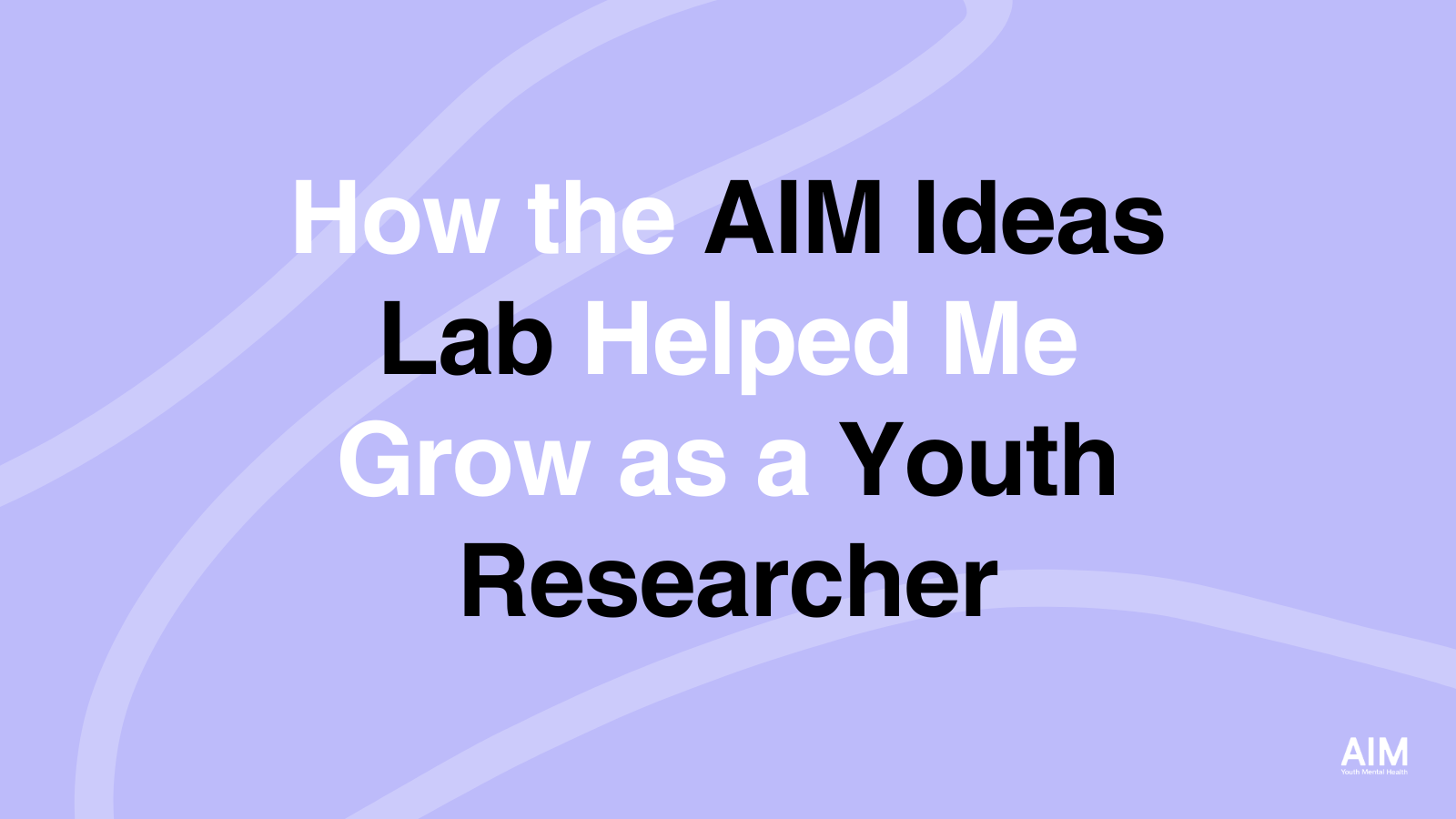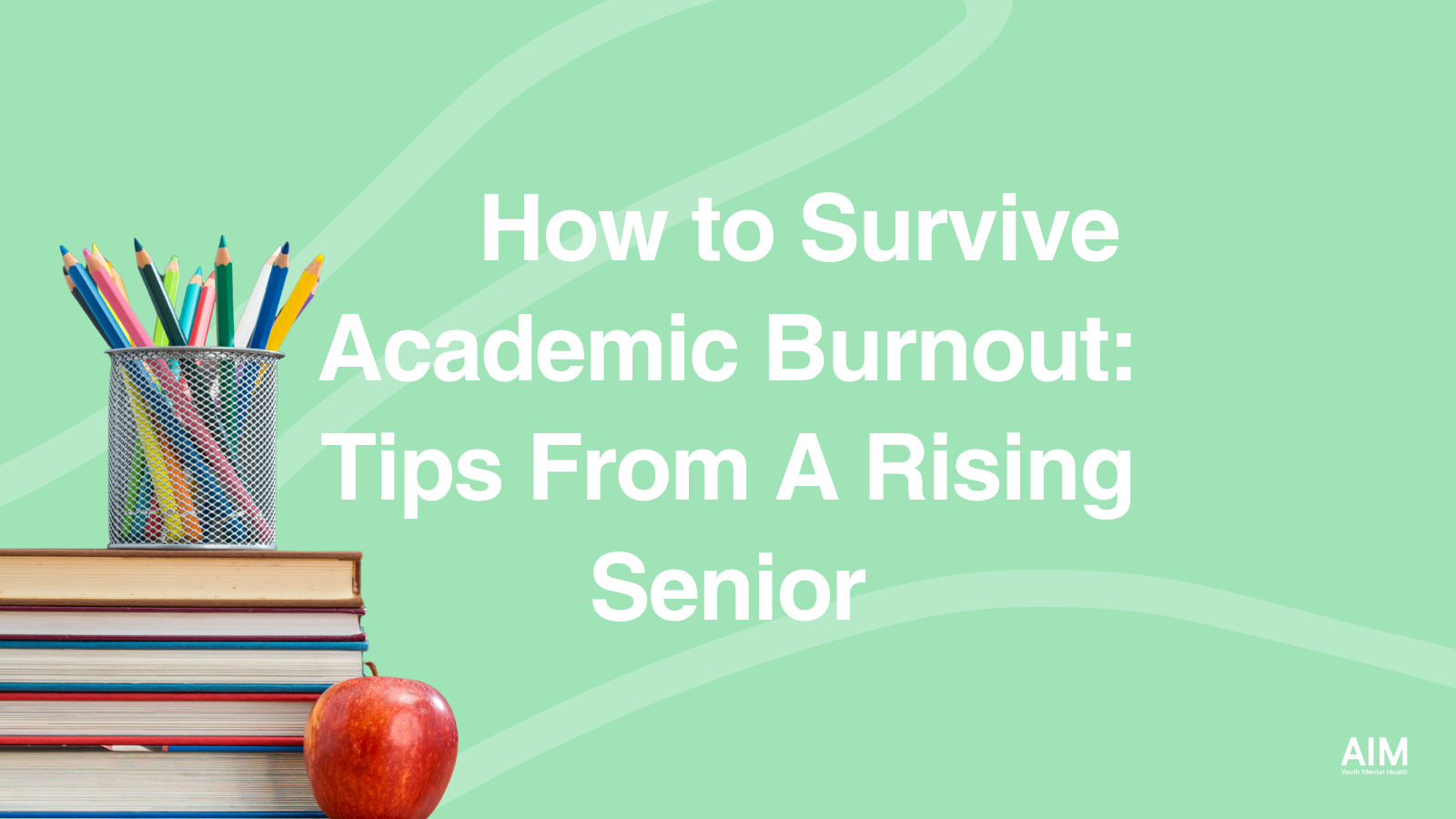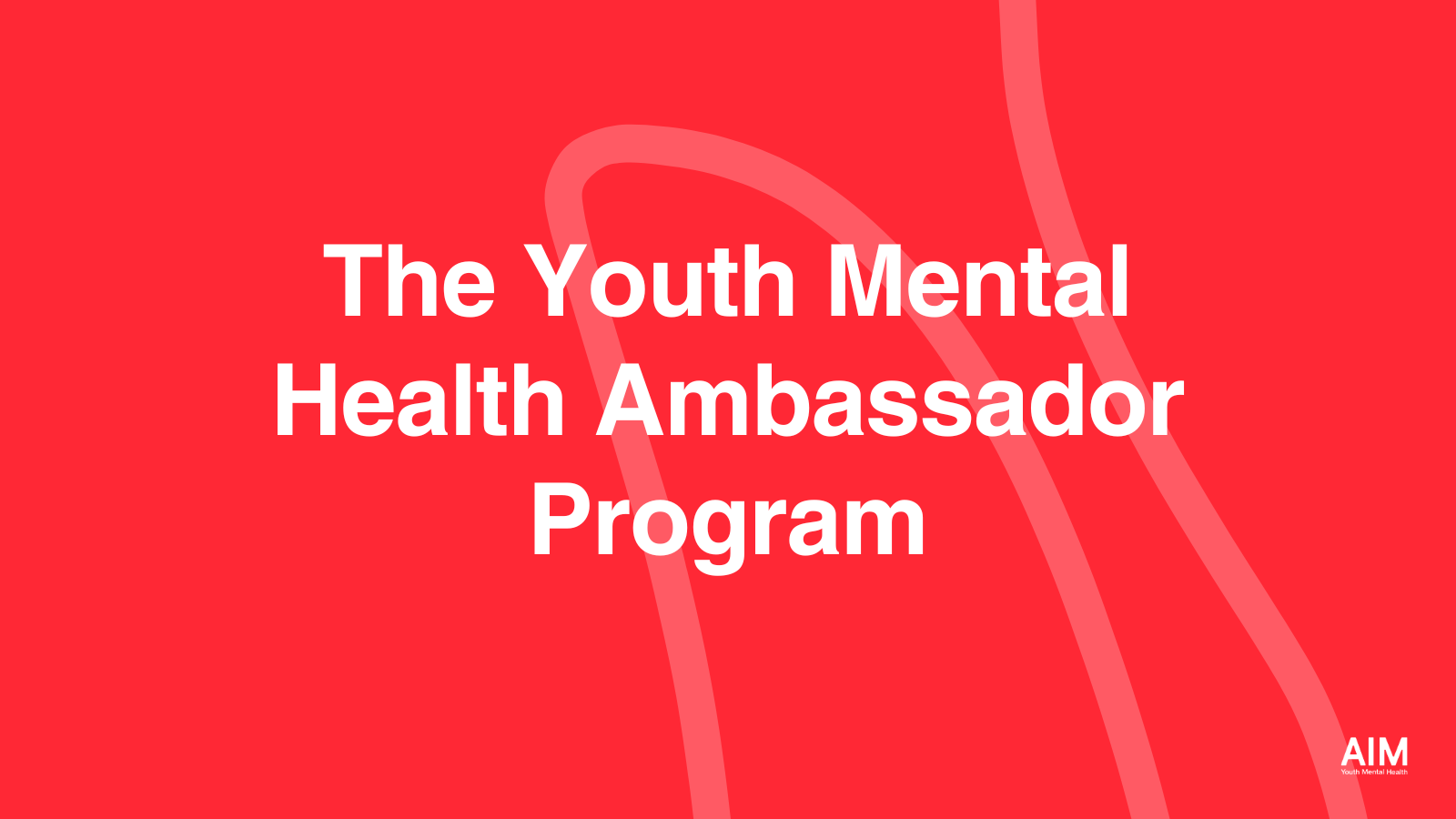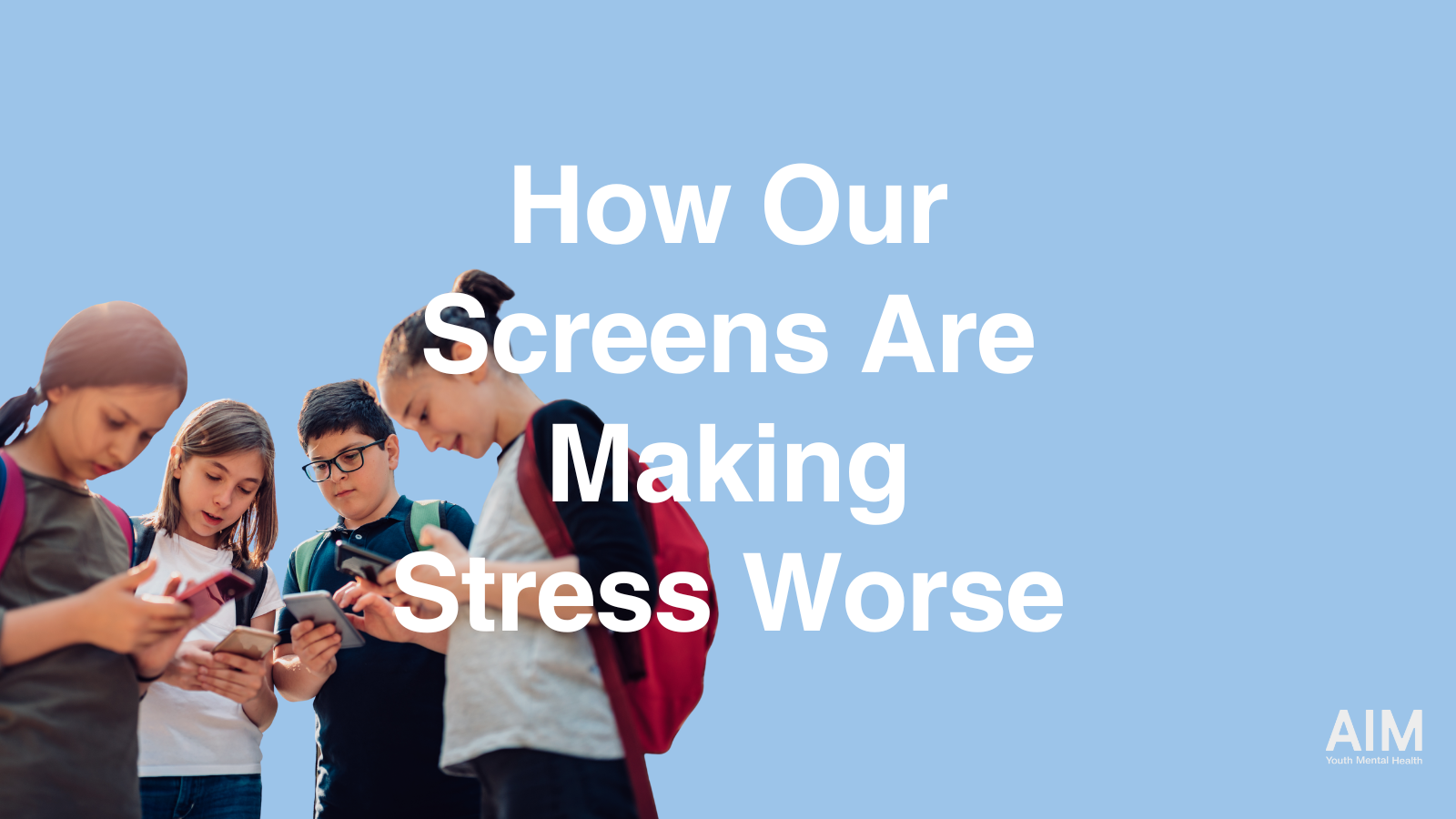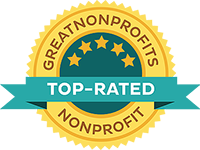Key Points:
- The cost of parental fear is weighing on our children’s autonomy, leaving their only unsupervised time to digital devices
- With rates of anxiety and depression rising sharply, experts are increasingly pointing to a lack of independence and real-world experiences as contributing factors
- By challenging overprotection and creating safe opportunities for autonomy, we can foster resilience, confidence, and long-term wellbeing in our children
______________
A few years ago, in the throes of the pandemic, desperately seeking some comfort TV, I stumbled upon Old Enough! on Netflix. An early 90s reality show, Old Enough! documents children’s first time running errands by themselves throughout Japan. They head out to buy noodles and bean sprouts, learn to balance firewood on their walk home, and even take a ferry and trolly for the first time.
As someone interested in the psychology of how culture shapes our values and behavior, I presumptuously figured I embodied a culturally competent mindset when it comes to youth mental health… but watching Old Enough! left me with a visceral sense of culture shock and awe.
Why? Because every kid featured in the series is between the ages of two to six.
While psychologists like Jonathan Haidt and Pamela Parensky have been advocating for youth independence as an imperative measure in their long term wellbeing, it was a whole other ballgame to see this perspective put into practice as an American.
A 30-something millennial myself, I often reflect on the freedom I was afforded to walk to school (across the street from my home) by myself, meet up with neighborhood kids to peruse parks, and generally preoccupy our own boredom with whatever nonsense we got into. But a two year old boy traversing the streets on his own to take his father’s clothes to the cleaner?! Unfathomable!
And with reason… present day America is an entirely different story than early 90s Japan for independence and mental health, alike.
Today, there feels to be this catch-22: the world has never needed to protect our youth more and yet this over-emphasis on protection, in and of itself, is exacerbating the youth mental health crisis.

Between 2016 and 2022, rates of depression among American children aged 3 to 17 rose by nearly 50%, while anxiety saw an increase of over 50%. Children’s confidence, self reliance, and resilience are plagued with isolation, enmeshment, and doom-scrolling. In an era where the mental health zeitgeist has never been more open and forth-coming… there seems to be an overcorrection.
The importance of independence in youth/tweens and particularly how that intersects with the loneliness epidemic and rising mental illness rates can no longer be ignored.
“As children [lose] unsupervised playtime, the only spaces where they [can] be unsupervised [are] online—possibly the worst places to leave children to their own devices (literally).”
—Pamela B. Paresky Ph.D., Psychology Today
According to a C.S. Mott Children’s Hospital National Poll on Children’s Health in 2023, parents of a child between 5-8 years, report that their child regularly engages in independent actions like:
- talking with the doctor or nurse at health care visits (47%)
- deciding how to spend allowance or gift money (30%)
- speaking to unfamiliar adults in business situations, such as ordering at a restaurant (24%)
- preparing their own meal or snack (20%)
Among parents of children between 9-11 years old, even less report that their children engage in activities without a parent or supervisor present, such as:
- staying home for 30-60 minutes (58%)
- finding an item at the store while the parent is in another aisle (50%)
- staying in the car while the parent runs a quick errand (44%)
- walking/biking to a friend’s house (33%)
- playing at the park with a friend (29%)
Across the board, the main deterrent for parents is cited as worry. Worry of the world around them, worry of their kids being scared, or worry that blame culture will target them as a negligent parent.
While worry of others is the primary deterrent (54%), only a fraction of that (17%) report that their neighborhood is unsafe for their child to be alone. So, at what point does fear mongering overshadow the priority of building autonomy? Where can parental worries be honored and challenged to give our youth a fighting chance at long lasting, strong, and capable mental wellbeing?
Let Grow is an organization leading the movement for children independence, and they have many ideas about how to strike this balance. They offer a myriad of free resources, tools, and programs like the Let Grow Experience and Let Grow Play Clubs, to help families and schools empower our next generations.
Let Grow believes that “kids have the right to some independence, and parents have the right to give it to them— without getting arrested.”
A movement gaining traction that could offer a breath of fresh air for parents trying to find this balance: the Reasonable Childhood Independence Law. Spearheaded by advocates like Jean Skenazy (author of Free-Range Kids and cofounder of Let Grow), this proposed legislation aims to push back against the hyper-vigilance that can unintentionally stifle our kids.
It simply states that letting children participate safely in age-appropriate, unsupervised activities isn’t neglect.
Think about the simple joy of a child exploring their neighborhood with friends or building a fort in the backyard—these aren’t signs of bad parenting, but opportunities for growth and resilience.
Currently enacted in nine states, this law offers a powerful message: trusting in our children’s capabilities, even amidst their struggles, is essential for their well-being. Giving them a little more room to navigate the world independently, within safe boundaries, can foster youth confidence and reduce anxiety.
Ultimately, this shift in mindset is going to require a group effort.
It’s up to parents to let go for their kids to grow. It’s up to the community to take responsibility for one another, to look after the solo kids crossing the street as demonstrated on the streets of Japan. And it’s up to our voices and our legislature to prioritize mental wellbeing and put it into practice. It’s up to us to work together, to build a brighter future for youth mental health.
It’s up to us to decide: what age is old enough for empowering youth mental health?
Resources:
____________________________________
About the Author
Meadowlark Monaghan (she/hers) is a consultant using her knowledge gained as a mental health professional to act as a liaison between brands, creators, + online communities with the field of psychology and mental health. She also co-hosts the personal development podcast, Thoughts May Vary. Her work has been seen with Madhappy, Local Optimist, The Mayfair Group, Lonely Ghost, AIM Youth Mental Health, NAMI San Diego and more.
